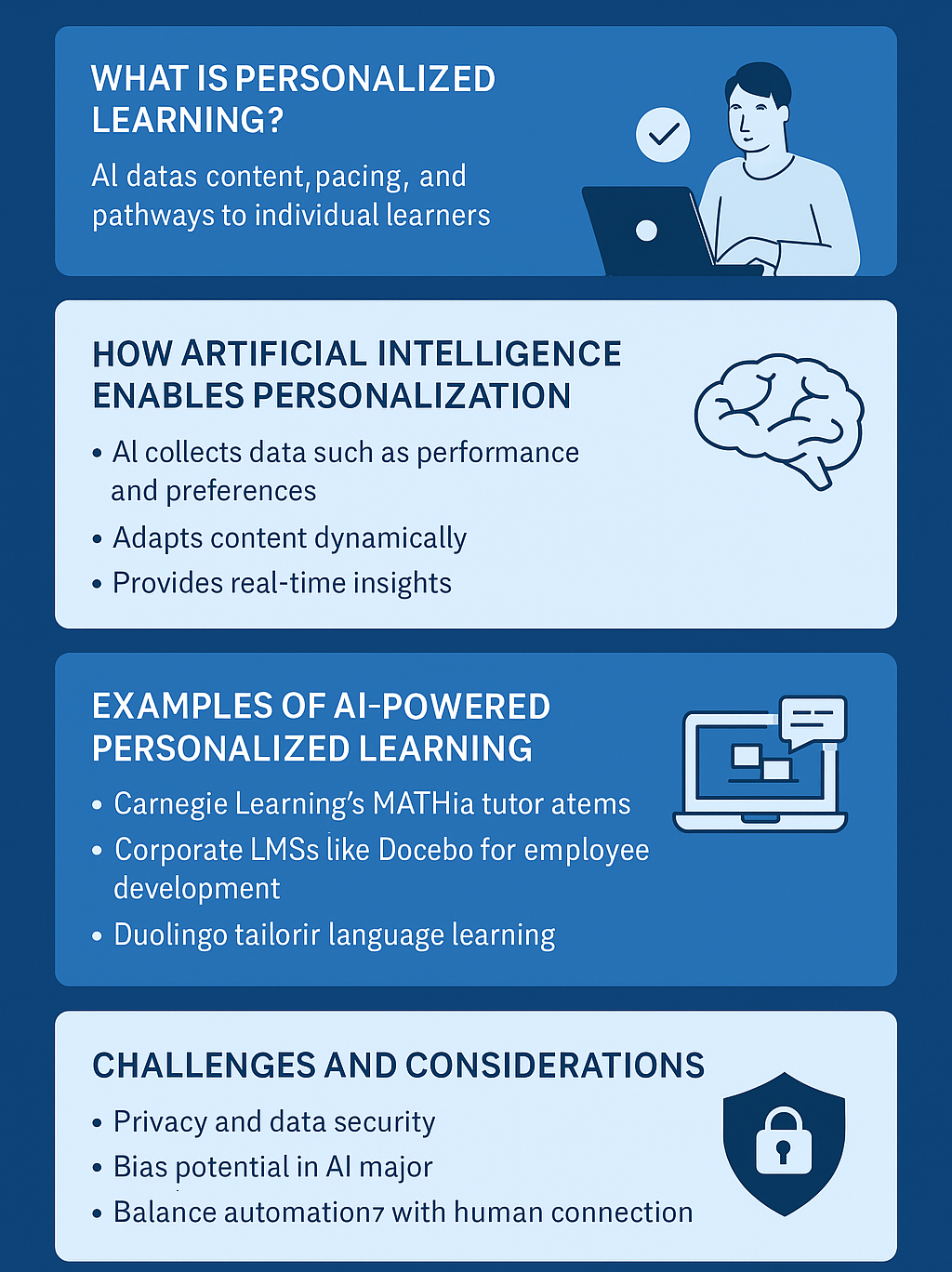Threat assessments are crucial to identifying and mitigating risks in various sectors, from law enforcement and national security to corporate environments and cybersecurity. A well-executed threat assessment helps organizations proactively respond to potential dangers, prevent crises, and ensure public and organizational safety. This blog post will explore the methods and tools used in conducting practical threat assessments, provide real-world examples, and discuss how these techniques can enhance your security strategy.
Understanding Threat Assessments
A threat assessment identifies, analyzes, and evaluates potential risks and threats to an organization, system, or public safety. It aims to gather actionable intelligence that will help mitigate potential dangers before they escalate. A strong threat assessment strategy involves recognizing early warning signs, prioritizing risks, and implementing mitigation strategies.
Why Threat Assessments Are Essential
In an era of evolving threats, particularly cybersecurity, terrorism, organized crime, and workplace violence, proactive threat assessments are more important than ever. They provide insights that enable organizations to prioritize their response and allocate resources effectively. Whether it’s detecting the early signs of criminal activity or preventing a cyberattack, threat assessments save lives, protect assets, and minimize financial losses.
In the following sections, we’ll dive into the methods and tools of an effective threat assessment strategy.
Methods for Conducting Threat Assessments
Threat assessments employ various methods to gather and analyze data, helping analysts identify risks and formulate appropriate responses. Below are some of the most commonly used methods in threat assessment processes:
- Behavioral Analysis: Is critical for identifying potential threats, particularly in law enforcement and security settings. By observing and analyzing suspicious behavior and patterns, analysts can identify early warning signs of aggression, violence, and criminal intent. This approach is instrumental in identifying individuals who may be on the verge of committing violent acts, such as school shootings or terrorist attacks.
- For example, the U.S. Secret Service and the FBI have developed behavioral threat assessment models that focus on identifying behavioral indicators, such as fixation on violent acts, escalating violent fantasies, or increasing aggression. In the case of school violence, these models have helped prevent tragedies by recognizing at-risk students who exhibit warning behavior.
- Intelligence Gathering: Effective threat assessments rely on robust intelligence gathering methods. Analysts collect information from a variety of sources, including open-source intelligence (OSINT), human intelligence (HUMINT), and signals intelligence (SIGINT). These sources provide valuable data on potential threats, including communication patterns, financial transactions, and social behaviors.
- For example, in cybersecurity, intelligence gathering might involve monitoring dark web activity for discussions about planned attacks, tracking suspicious online behaviors, or collecting data from social media platforms. The FBI’s National Cyber Investigative Joint Task Force (NCIJTF) and similar organizations gather intelligence to track and neutralize emerging cyber threats before they cause significant damage.
- Risk Assessment Frameworks: Risk assessment frameworks are systematic tools used to assess the likelihood and impact of a threat. These frameworks often evaluate three critical elements of any danger: intent, capability, and opportunity. This method allows analysts to prioritize risks based on their severity and likelihood of occurrence.
- The National Institute of Standards and Technology (NIST) provides one such framework in its Cybersecurity Framework, which helps organizations assess their vulnerabilities, identify potential threats, and implement appropriate security measures. Similar frameworks are used in law enforcement to determine the risk of criminal activity, such as organized crime syndicates, human trafficking operations, or gang violence.
- Scenario-Based Assessments: Scenario-based assessments involve developing detailed simulations of potential threats to understand better how they might unfold and the corresponding response strategies. This method allows organizations to predict and prepare for worst-case scenarios, including natural disasters, terrorist attacks, or cybercrime.
- For instance, law enforcement agencies might conduct active shooter drills or bomb threat simulations to test their preparedness. Similarly, companies in the financial sector might simulate a ransomware attack to assess their ability to respond quickly and minimize economic losses.
- Collaboration and Cross-Agency Intelligence Sharing: Collaboration and information-sharing between agencies and organizations are vital for practical threat assessments. Information-sharing initiatives, like the Homeland Security Information Network (HSIN), allow law enforcement, intelligence agencies, and private sector partners to share threat intelligence in real time. This cross-agency collaboration helps analysts gather a more comprehensive view of emerging threats, reducing response times and improving mitigation efforts.
- For example, when ISIS began conducting terror attacks globally, intelligence agencies across different countries shared information about the group’s plans, members, and networks. This collaborative approach helped neutralize several planned attacks before they could be executed.
Tools for Conducting Threat Assessments
In addition to the methods outlined above, various tools and technologies are key in enhancing the threat assessment process. These tools help analysts gather, analyze, and visualize data, improving the accuracy of threat predictions and response planning.
- Geospatial Intelligence (GEOINT): Geospatial intelligence (GEOINT) uses geographic data, maps, and satellite imagery to analyze potential threats. In law enforcement and national security, GEOINT is used to track the movements of criminal organizations, identify suspicious activity, or assess the geographic distribution of threats.
- For example, Google Earth and ArcGIS are widely used tools for visualizing and tracking threat patterns in a specific area. These tools can track terrorist movements, identify drug trafficking routes, or map out conflict areas in regions of interest.
- Threat Intelligence Platforms (TIPs): Threat intelligence platforms (TIPs) aggregate data from various sources, such as malware feeds, social media, and cyber threat actors, to provide real-time insights into emerging threats. TIPs allow analysts to assess the threat level quickly and take action to mitigate risks.
- Anomali, ThreatConnect, and MISP are widely used TIPs integrating various intelligence sources, including IP reputation databases, attack indicators, and cyber threat reports. These platforms allow organizations to gain real-time insights into cyber threats, malware campaigns, and phishing attacks.
- Social Media Monitoring Tools: Social media platforms have become a significant source of information for threat analysts, particularly when detecting potential cybercrimes, hate groups, or public safety risks. Tools like Hootsuite, Brandwatch, or Crimson Hexagon allow analysts to track relevant keywords, hashtags, and user activity to detect emerging threats.
- For example, law enforcement agencies have successfully used social media monitoring to track and identify individuals involved in planning school shootings, terrorist activities, or large-scale protests that could lead to violence.
- Data Analytics and AI Tools: The use of big data analytics and artificial intelligence (AI) tools has transformed the threat assessment landscape. These tools can process vast amounts of data from multiple sources and apply algorithms to identify patterns, predict outcomes, and automate decision-making.
- IBM Watson for Cyber Security and Palantir are examples of AI-powered platforms that use machine learning to analyze data and predict emerging threats. By applying predictive analytics, these platforms can help identify suspicious behavior patterns, flag potential threats, and recommend appropriate mitigation strategies.
Real-World Examples of Effective Threat Assessments
Let’s take a look at a few real-world examples where threat assessments have been successfully implemented:
Example 1: Preventing School Violence
2018, the U.S. Secret Service released a report analyzing school violence incidents. By conducting detailed threat assessments and analyzing the behaviors of individuals involved in past school shootings, the Secret Service identified specific early warning signs such as social withdrawal, a history of violent thoughts, and patterns of fixation on violent acts. The report led to more proactive measures being implemented in schools across the U.S., preventing further incidents.
Example 2: Cyber Threat Mitigation
2017, the WannaCry ransomware attack targeted hundreds of thousands of computers globally. Organizations with strong threat assessments in place, including early detection tools, mitigated the attack by quickly isolating affected systems and restoring backups. On the other hand, organizations without robust threat assessment protocols suffered significant financial and data losses.
Example 3: Counterterrorism
In 2001, following the 9/11 terrorist attacks, the U.S. government revamped its threat assessment and intelligence-sharing protocols. Agencies such as the FBI, CIA, and NSA collaborated more effectively, using tools like GEOINT and SIGINT to track and neutralize terrorist cells. The result was enhanced security measures and the prevention of several potential attacks.
Threat assessments are essential for identifying, prioritizing, and mitigating potential risks across all sectors. Organizations can stay ahead of potential threats by using behavioral analysis, intelligence gathering, risk assessment frameworks, or cutting-edge tools like social media monitoring and AI analytics. By integrating these methods and tools into their security strategies, businesses and government agencies can ensure a more proactive approach to preventing crises and protecting public safety.
Let’s Discuss!
What methods and tools have you found most effective in conducting threat assessments? How do you use threat assessments in your industry? Share your thoughts in the comments below!
#ThreatAssessment #RiskManagement #CrimeIntelligence #CyberSecurity #SecurityAnalysis #PublicSafety #DataAnalytics #AI #GEOINT #SocialMediaMonitoring #IntelligenceAnalysis #CrisisManagement





